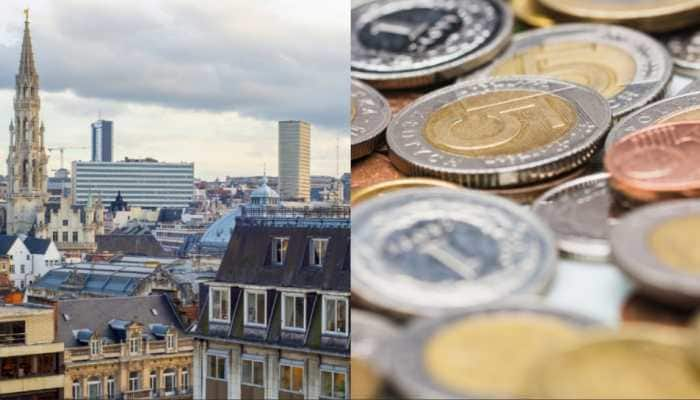School students in rural India owning a smartphone increased in 2020: Economic Survey
The Survey recommended that if utilized well, the resultant reduction in the digital divide between rural and urban, gender, age and income groups is likely to reduce inequalities in educational outcomes. According to the Ministry of Finance, over 92 courses have started and 1.5 crore students are enrolled under Swayam MOOCs which are online courses relating to NIOS.
Trending Photos
) Representational Image
Representational Image New Delhi: The Economic Survey 2020-21 presented in the Parliament states that the school students in rural India owning smartphone increased enormously in 2020 in rural India. It also stated that online schooling took off in a big way during the COVID-19 outbreak.
Quoting the Annual Status of Education Report (ASER) 2020 Wave-1 (Rural), released in October 2020, the Survey states that the percentage of enrolled children from government and private schools owning a smartphone increased from 36.5 per cent in 2018 to 61.8 per cent in 2020 in rural India.
The Survey recommended that if utilized well, the resultant reduction in the digital divide between rural and urban, gender, age and income groups is likely to reduce inequalities in educational outcomes.
Notably, to facilitate learning during coronavirus pandemic, the Centre is implementing several initiatives to make education accessible to children.
One of the initiatives is the PM eVIDYA which is a comprehensive initiative to unify all efforts related to digital, online, on-air education to enable multi-mode and equitable access to education for students and teachers.
According to the Ministry of Finance, over 92 courses have started and 1.5 crore students are enrolled under Swayam MOOCs which are online courses relating to NIOS.
"To mitigate the effect of COVID-19, Rs. 818.17 crore is allotted to States/UTs to promote online learning through digital initiatives and Rs 267.86 crore for online teacher training under Samagra Shiksha Scheme. PRAGYATA guidelines on digital education have been developed with a focus on online/blended/digital education for students who are presently at home due to the closure of schools. The MANODARPAN initiative for psychological support has been included in Atma Nirbhar Bharat Abhiyan," said Ministry of Finance.
The Economic Survey 2020-21 observed that India will have the highest population of young people in the world over the next decade.
As per U-DISE 2018-19, the physical infrastructure of more than 9.72 lakh government elementary schools has improved significantly. Out of these, 90.2 per cent have girls' toilet, 93.7 per cent have boys' toilet, 95.9 per cent have a provision of drinking water facility, 82.1 per cent have wash (drinking water, toilet and hand wash) facility, 84.2 per cent have medical check-up facility, 20.7 per cent have a computer and 67.4 per cent have electricity Connection and 74.2 per cent have ramps among other essential services.
The Survey stated that India has attained a literacy level of almost 96 per cent at the elementary school level. As per the National Sample Survey (NSS), the literacy rate of persons of age 7 years and above at the All India level stood at 77.7 per cent. Female literacy remained below the national average among social groups of SC, ST, OBC, including religious groups of Hinduism and Islam.
Stay informed on all the latest news, real-time breaking news updates, and follow all the important headlines in india news and world News on Zee News.
Live Tv







)
)
)
)
)
)
)
)
)
)
